Labrador Retrievers, often simply referred to as “Labs,” are among the most popular dog breeds worldwide. Known for their friendly demeanor, intelligence, and boundless energy, they are adored as family pets, service dogs, and hunting companions. Proper nutrition is vital to maintain their vibrant health, cater to their high energy levels, and support their hefty size. The amount to feed a Lab varies based on several factors, including the caloric content of the chosen food. In this guide, we’ll explore the dietary needs of Labs and estimate the monthly cost to feed one.
1. Caloric Requirements
a. Puppies: Lab puppies, with their rapid growth and playful nature, require more calories. On average, a Labrador puppy might need between 55 to 60 calories per pound of body weight daily.
b. Active Adults: Adult Labs are energetic and might need around 30 to 40 calories per pound of body weight each day, depending on their activity levels.
c. Sedentary Adults: Older or less active Labs may require fewer calories, typically in the range of 20 to 30 calories per pound of body weight daily.
d. Pregnant or Nursing Mothers: Like all breeds, the caloric needs of pregnant or nursing Labs increase significantly. Consultation with a vet is crucial during these phases.
2. Analyzing Dog Food Labels
Commercial dog foods provide feeding guidelines based on the dog’s weight. However, these are general guidelines, and it’s essential to understand the caloric content, which can vary among brands. Adjust portions based on your Lab’s specific needs, referring to the caloric content on the label.
3. Factors Influencing Food Amounts
a. Activity Level: Labs are naturally active. Those engaged in regular exercise or tasks like hunting will need more sustenance than their couch-loving counterparts.
b. Health Conditions: Some Labs may have health issues affecting metabolism or dietary needs, such as obesity, which is common in the breed.
c. Age: Puppies and senior dogs have different nutritional needs. Ensure the food type aligns with their life stage.
4. Treats and Extras
Labs are known for their insatiable appetites, making them prone to overeating and obesity. Treats should be given judiciously, constituting no more than 10% of their daily caloric intake.
5. Monthly Cost Estimation
Using a premium commercial dog food priced at approximately $1.60 per pound, with an average of 400 calories per cup as an example:
For an active adult Lab weighing 70 pounds requiring about 2,450 calories daily:
- Daily food requirement = 2,450 calories ÷ 400 calories/cup = 6.125 cups daily.
- Monthly food requirement = 6.125 cups x 30 = 183.75 cups.
- If a standard 30-pound bag provides roughly 120 cups of food, a Lab would need around 1.53 bags per month.
- Monthly cost = 1.53 bags x $48 (assuming $1.60 per pound) = approximately $73.44.
Keep in mind, that this is an estimate; actual costs will fluctuate based on the chosen brand, regional pricing, and individual dog’s requirements.
Our 5 Top Foods for Labs
The diets were selected by our founder Justin Palmer, a certified canine nutrition expert, specifically with Labs in mind:
Conclusion
Feeding a Labrador Retriever requires an understanding of their specific dietary needs. As energetic, large dogs with hearty appetites, providing the right amount of nutrition without overfeeding is crucial. Whether participating in fieldwork, serving as a therapy dog, or simply being a beloved family member, ensuring your Lab has a well-balanced diet is pivotal to their health and happiness. Always consult with a veterinarian for personalized advice and to address any dietary concerns. With proper nutrition, your Lab can lead a robust, active life, bringing joy to all around them.
Frequently Asked Questions About Feeding a Lab

1. What type of food is best for Labs?
Labs thrive on high-quality, balanced diets rich in lean proteins, healthy fats, and complex carbohydrates. It’s essential to choose dog foods with real meats as primary ingredients and steer clear of those with unnecessary fillers or artificial additives. Given Labs’ propensity for obesity, always ensure the food is well-suited to their activity levels and age.
2. How often should I feed my adult Lab?
Adult Labs are typically fed twice a day, once in the morning and once in the evening. This split helps manage their appetite and provides a consistent energy source throughout the day. Remember to adjust portion sizes based on activity levels and any special dietary needs.
3. Can Labs eat fruits and vegetables?
Yes, many Labs enjoy fruits and vegetables as treats. However, always ensure they are safe for canine consumption. While foods like blueberries, carrots, and green beans are beneficial, avoid toxic options like grapes, raisins, and onions.
4. What should I do if my Lab is overweight?
Labs are prone to obesity, which can lead to numerous health problems. If your Lab is overweight, consult a vet about a weight management plan, which may include adjusting their diet, increasing exercise, and monitoring calorie intake closely.
5. How can I keep my Lab from eating too quickly?
Labs are notorious for their rapid eating, which can lead to digestive issues. Consider using a slow-feeder bowl, which has obstacles that make the dog eat around them, thereby slowing down their food intake. Additionally, ensure regular meal times to mitigate excessive hunger.
6. Are grain-free diets suitable for Labs?
Some Labs might benefit from grain-free diets, especially if they have grain allergies or sensitivities. If considering this route, ensure the grain-free food provides all essential nutrients. It’s always a good idea to discuss with a veterinarian before making significant dietary changes.
7. How much water should a Lab drink daily?
Labs, being active dogs, need ample hydration. They should ideally drink between 0.5 to 1 ounce of water per pound of body weight daily. Always ensure fresh water is readily available, especially after meals or exercise.
8. Can Labs have dairy products?
Some Labs can tolerate dairy products like plain yogurt or cheese in moderation, while others might be lactose intolerant. If introducing dairy, do so gradually and monitor for any adverse reactions such as upset stomach or diarrhea.
9. What human foods are toxic to Labs?
While Labs might be eager to sample everything, certain foods like chocolate, grapes, raisins, alcohol, caffeine, macadamia nuts, onions, garlic, and xylitol are toxic to them. Always be vigilant about what your Lab consumes and keep hazardous foods out of their reach.
10. Should I give my Lab supplements?
While a well-balanced diet should provide all the necessary nutrients, some Labs might benefit from supplements, especially if they have specific health concerns. Common supplements for Labs include those for joint health, skin and coat, and digestion. Always consult a veterinarian before introducing any new supplement.
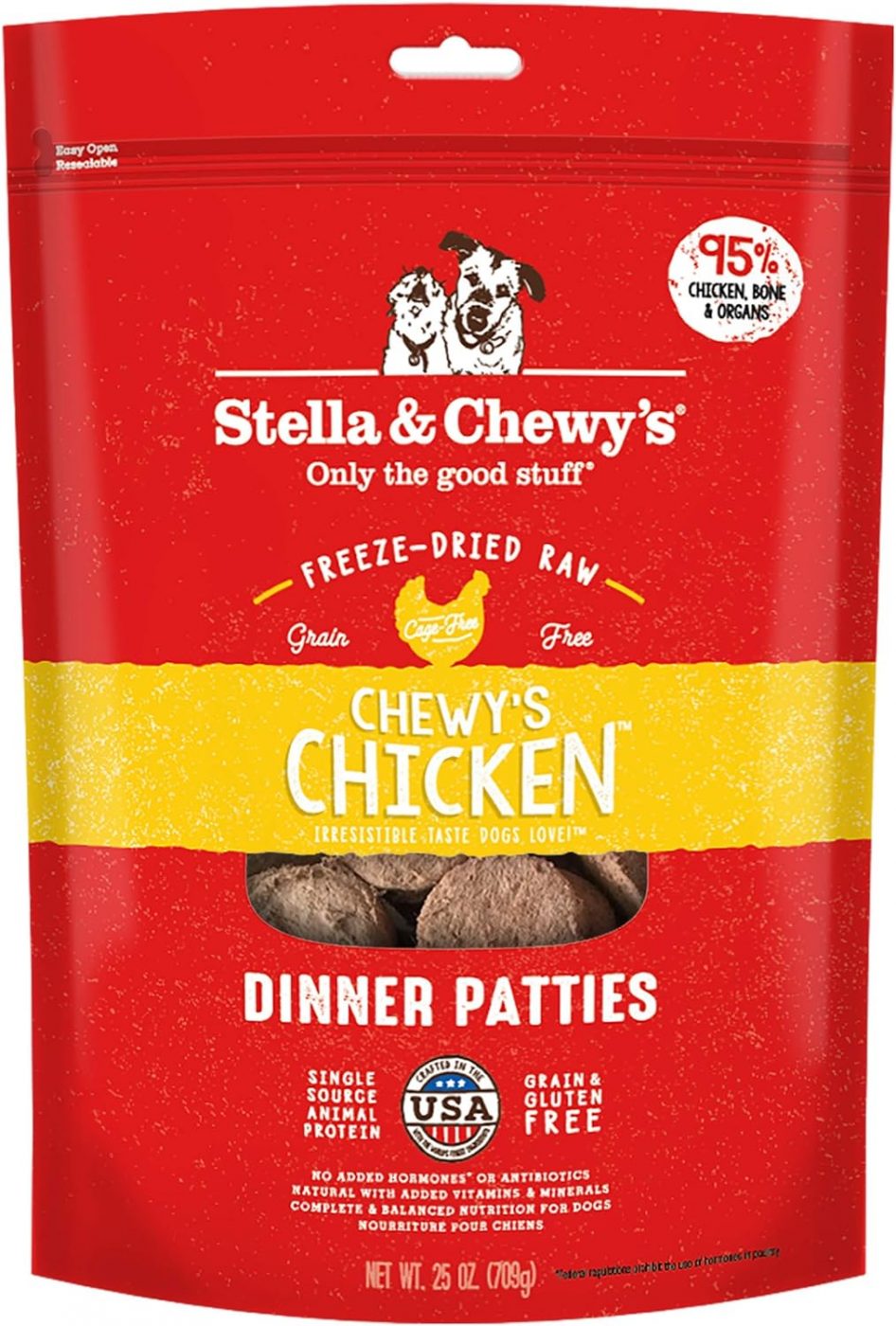
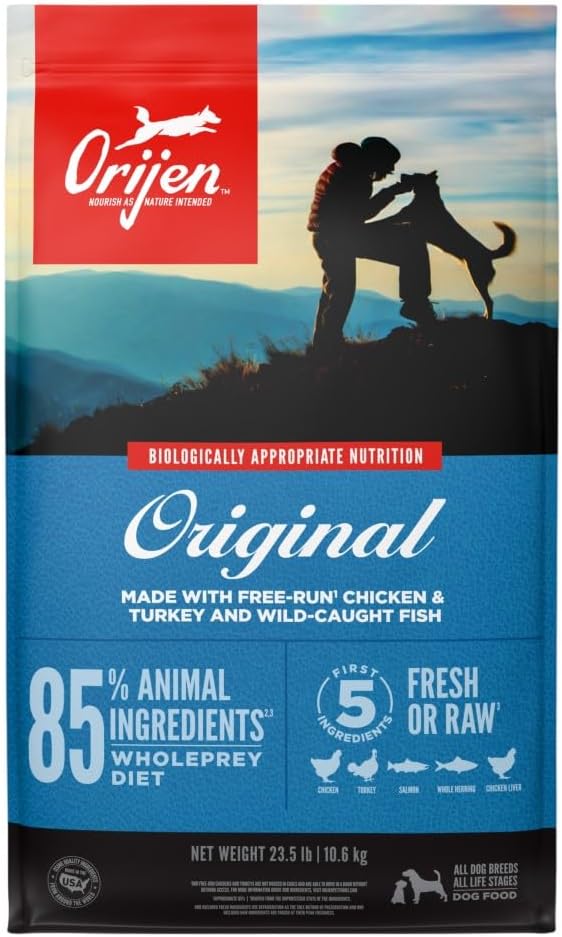
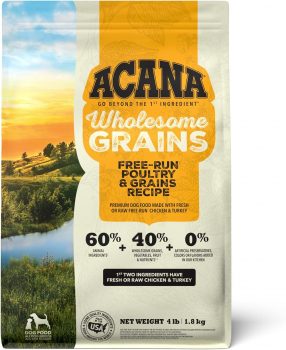
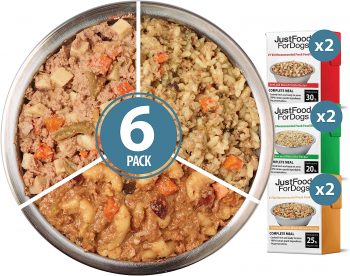
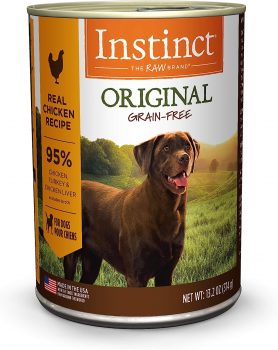
 Toledo, United States.
Toledo, United States.